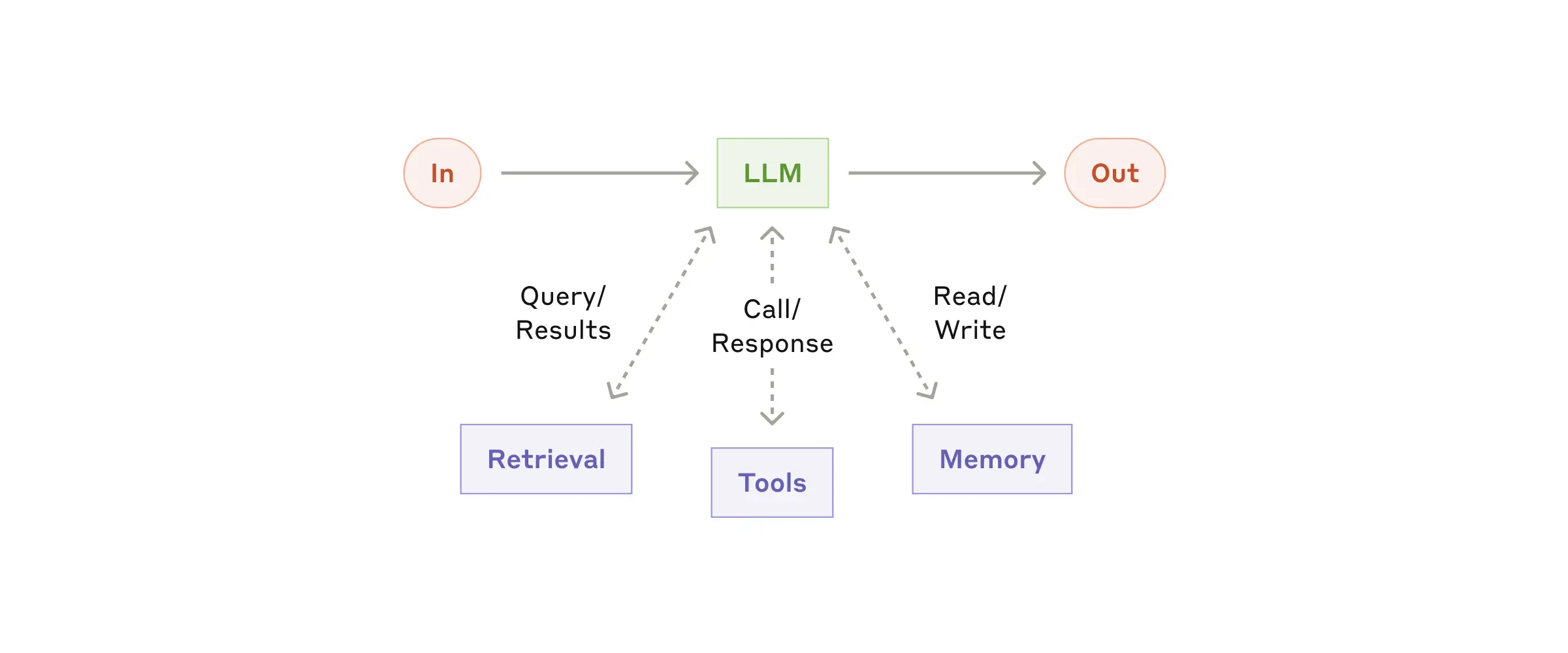Introduction
AI agents are all the hype. 2025 is touted to be the year of agents. Some say they’ll take over all our jobs; others call them an over-engineered gimmick. Regardless of where you stand, one thing is clear: agents are here to stay, and they’re poised to reshape how developers build and interact with software.
But before you jump on the hype train, it’s worth asking – what actually sets agents apart from traditional AI workflows? And when should you use one over another?
This blog breaks down the technical differences between agents and workflows – just the key details with implications for your tech stack.
Agents vs Workflows - TLDR
| Feature | AI Agent | AI Workflow |
|---|---|---|
| Core Idea | Autonomous Entity with goals + reasoning | Perform a defined sequence of tasks |
| State | Has memory, state, and internal feedback loops | Usually static or explicit state |
| Flexibility | Dynamic, pivots according to the requirement | Predefined, changes require editing the flow |
| Determinism | Non-deterministic; same prompt ≠ same output | Deterministic (mostly) |
| Sample use-case | Open-ended tasks, multiple steps, vague goals | Structured, repeated, and known flows |
So what is an Agent?
Think of an agent as your mini-employee with a brain, a set of tasks, and access to tools.
You give it a goal and it figures out how to get there – which tools to use, questions to ask, and maybe even ask clarifying questions. The agent has full autonomy every step of the way, including the output.
An agent can evaluate it’s own response and choose to restart it’s task. Effectively, the agent can optimize it’s own processes.
Core Behaviors:
- Goal-oriented: You say “Summarize this repo and build a README,” it plans its own steps.
- Tool-using: Calls APIs, scrapes data, runs subprocesses — whatever gets the job done.
- Memory-aware: Keeps track of prior steps, retries intelligently.
- Autonomous (ish): Can decide its own flow, within guardrails.
Sample Agent in Action

agent = Agent(
role="Junior Dev",
tools=[search_docs, write_code, run_tests, evaluate_code, human_input],
memory=Memory(),
)
result = agent.run("Create Quarto Docs for this repo.")
So what is a Workflow?
A workflow is more like a flowchart. You lay out the steps: “Do A, then B, then C.” It’s deterministic, composable, and rock-solid for anything structured.
Think CI/CD pipelines, document processing chains, or RAG pipelines.
Core Behaviors:
- Step-by-step logic: The flow is explicit and predictable.
- Composable: You can chain blocks together easily.
- Debuggable: You know exactly where something breaks.
- Efficient: Less overhead, faster runtime.
chain = (
{"query": RunnablePassthrough()}
| {"docs": retriever, "query": lambda x: x["query"]}
| {"answer": rag_chain}
)
What about a hybrid?
Some of the best systems mix both. You could use a workflow to spawn agents, or let agents call reliable AI workflows. For example:
- AI agent for making a landing page calls several workflows - outline generator, code generator, deployment workflow
You get the flexibility of agents without compromising on the reliability of workflows.
Conclusion
Agents are not here to replace workflows. They’re here to unlock new kinds of problems we couldn’t automate before.
Use agents when you want flexible, autonomous decision-making.
Use workflows when you want reliable, fast, auditable pipelines.
Sometimes you need brains. Sometimes you need structure. And sometimes — you need both.